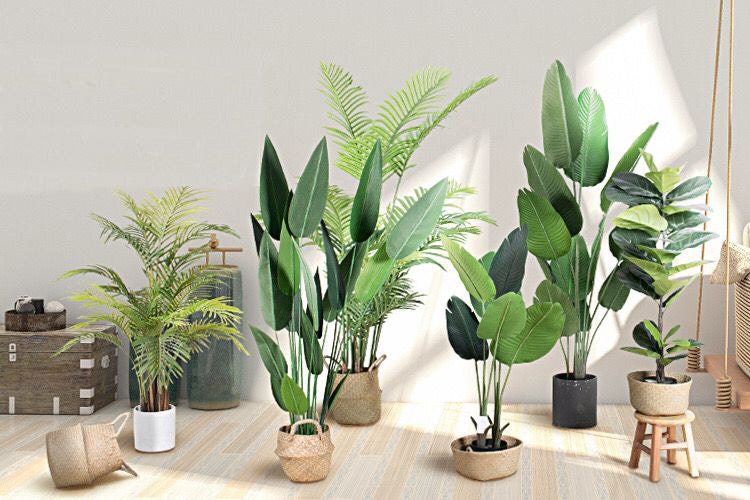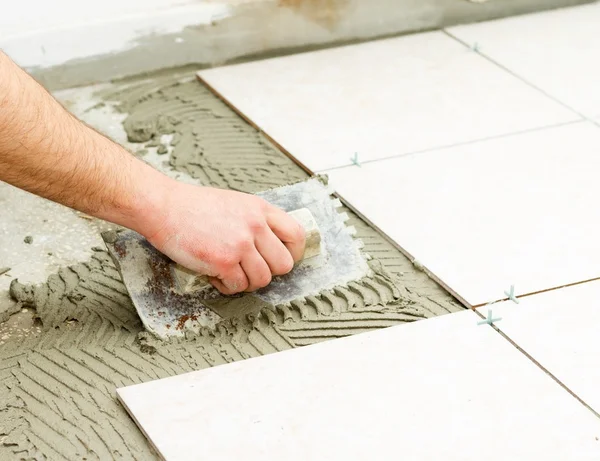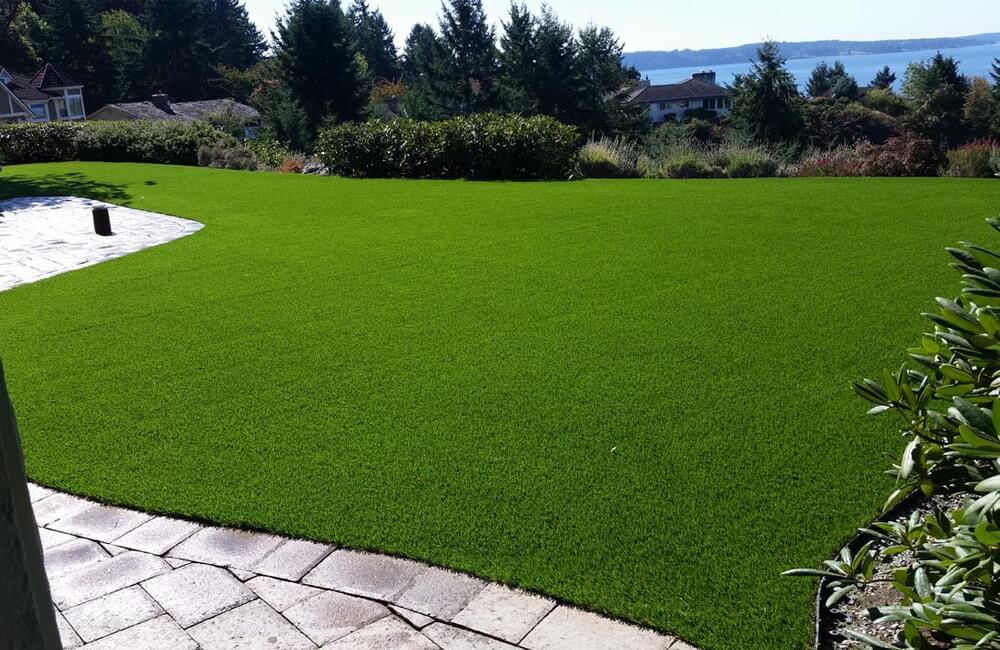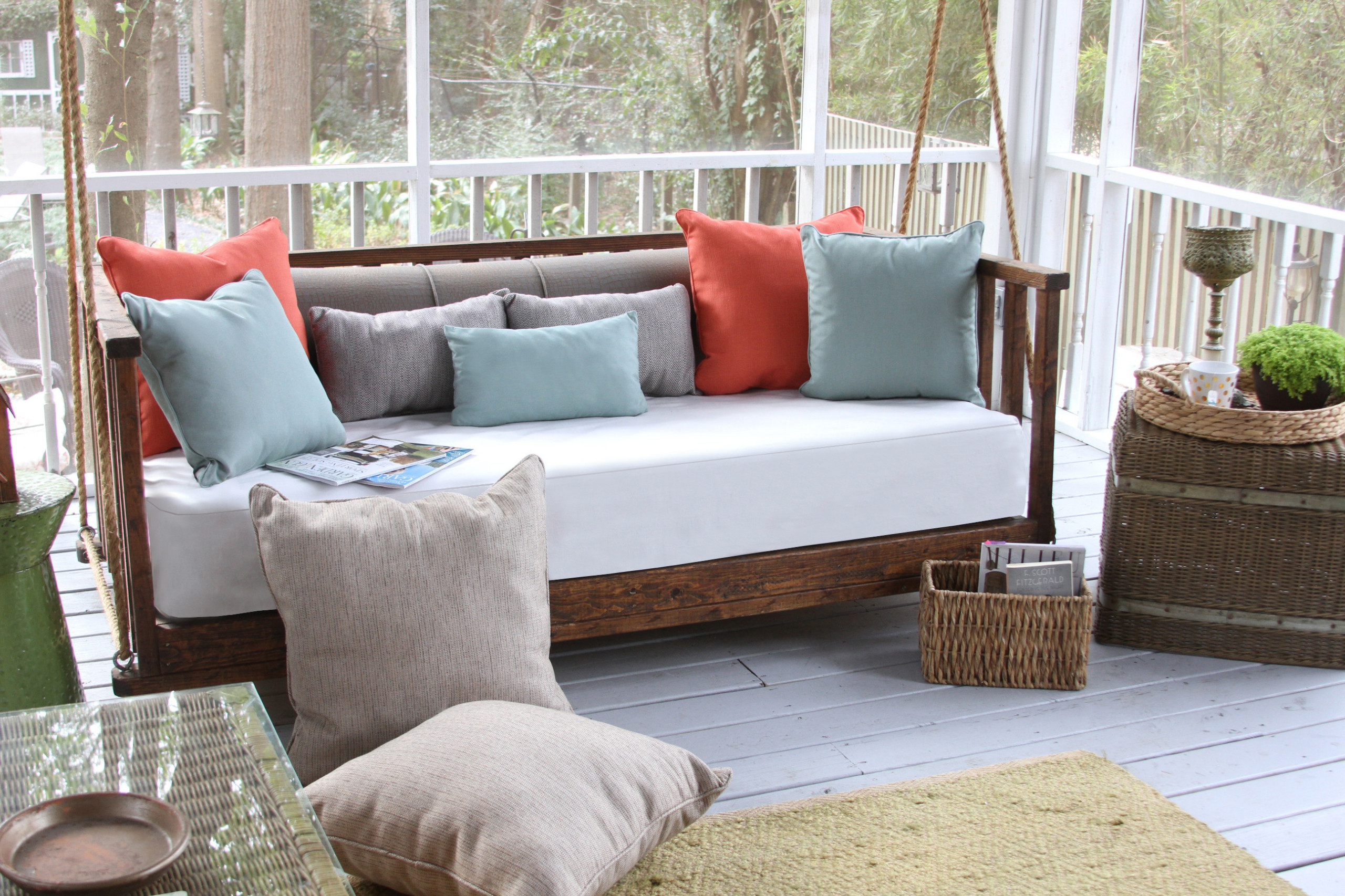Introduction
Plants need sunlight to grow and thrive, but what if you don’t have access to natural light? Can artificial light replace sunlight for plants? In this article, we will explore the pros and cons of using artificial light and how to use it effectively for plant growth.
The Importance of Light for Plant
Growth Light is essential for photosynthesis, the process by which plants convert light energy into chemical energy to fuel their growth. Sunlight provides a full spectrum of light, including ultraviolet (UV), visible, and infrared (IR) light, which plants need for optimal growth. The intensity, duration, and quality of light all play a crucial role in plant growth and development.
Types of Artificial Light
Artificial light can be divided into three main types: fluorescent, LED, and high-intensity discharge (HID). Fluorescent lights are the most common type of artificial light used for indoor gardening. They are energy-efficient and emit a balanced spectrum of light. LED lights are also popular and can be customized to provide specific wavelengths of light. HID lights are the most powerful and are used for large-scale commercial growing operations.
Pros and Cons of Using
Artificial Light One advantage of using artificial light is that it allows you to grow plants indoors or in areas with limited access to natural light. You can also control the intensity, duration, and quality of light to meet the specific needs of your plants. However, artificial light can be expensive, especially if you opt for high-quality LED or HID lights. Additionally, artificial light does not provide the full spectrum of light that natural sunlight does, which can affect plant growth and development.
How to Use Artificial Light for Plants
To use artificial light for plants, you need to choose the right type of light and set up a proper lighting system. Fluorescent lights should be placed 6-12 inches above the plants and kept on for 12-16 hours a day. LED lights can be placed closer to the plants and kept on for 10-12 hours a day. HID lights require more space and should be kept at least 2 feet away from the plants. You also need to ensure that your Artificial Potted Plants get enough darkness to promote healthy growth.
Factors to Consider Before Using Artificial Light
Before using artificial light for your plants, you need to consider the following factors:
- Plant species: Different plants have different light requirements, and you need to choose the right type of light and intensity to meet their specific needs.
- Light quality: Artificial light may not provide the full spectrum of light that plants need for optimal growth, and you may need to supplement it with natural sunlight or use a combination of different types of artificial light to provide the right wavelengths of light.
- Light intensity and duration: Plants require a certain amount of light intensity and duration for photosynthesis, and you need to provide them with enough light to promote healthy growth without overexposing them to light.
- Energy consumption and cost: Artificial light can be expensive, especially if you opt for high-quality LED or HID lights, and you need to consider the energy consumption and cost of running your lighting system.
Common Mistakes to Avoid When Using
Artificial Light for Plants When using artificial light for your plants, you need to avoid the following common mistakes:
- Using the wrong type of light or intensity for your plants
- Overexposing your plants to light or not providing them with enough darkness
- Placing your lights too close or too far from your plants
- Neglecting to monitor your plants for signs of stress or damage
- Not providing enough ventilation or air circulation around your plants
Plants that Thrive Under Artificial Light
While most plants require natural sunlight for optimal growth, some plants can thrive under artificial light, such as:
- Succulents and cacti
- Herbs like basil, thyme, and oregano
- Leafy greens like lettuce, spinach, and kale
- Houseplants like snake plants, spider plants, and pothos
DIY vs. Commercial Lighting Systems for Indoor Gardening
You can choose to make your own DIY lighting system for indoor gardening, or you can purchase a commercial lighting system designed for indoor gardening. DIY lighting systems can be cheaper but may require more technical knowledge and may not provide the same level of quality and efficiency as commercial systems. Commercial systems, on the other hand, can be more expensive but are designed to provide optimal light quality and intensity for indoor gardening.
Environmental Considerations of Using Artificial Light for Plants
Using artificial light for plants can have environmental impacts, such as energy consumption and carbon emissions. To minimize these impacts, you can opt for energy-efficient LED lights and use a timer to control the duration of light exposure. You can also consider using renewable energy sources like solar or wind power to power your lighting system.
Conclusion
Artificial light can replace sunlight for plants, but it has its limitations. If you don’t have access to natural light, or if you want to grow plants indoors, artificial light can be a great option. However, it’s important to choose the right type of light and set up a proper lighting system to ensure the best results. With the right care and attention, you can use artificial light to help your plants grow and thrive.




